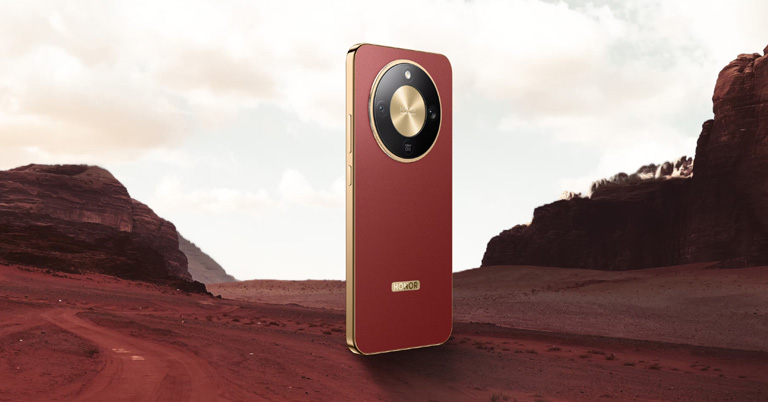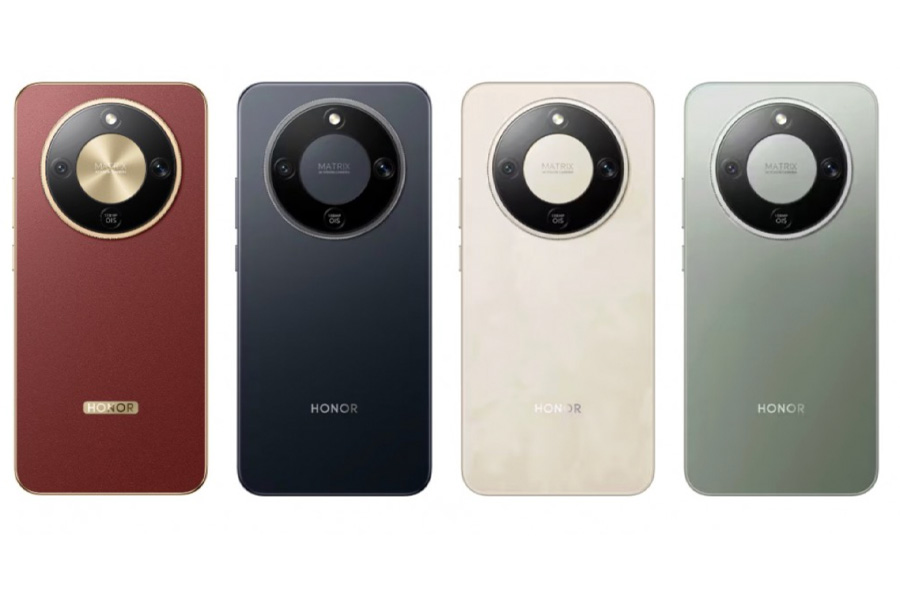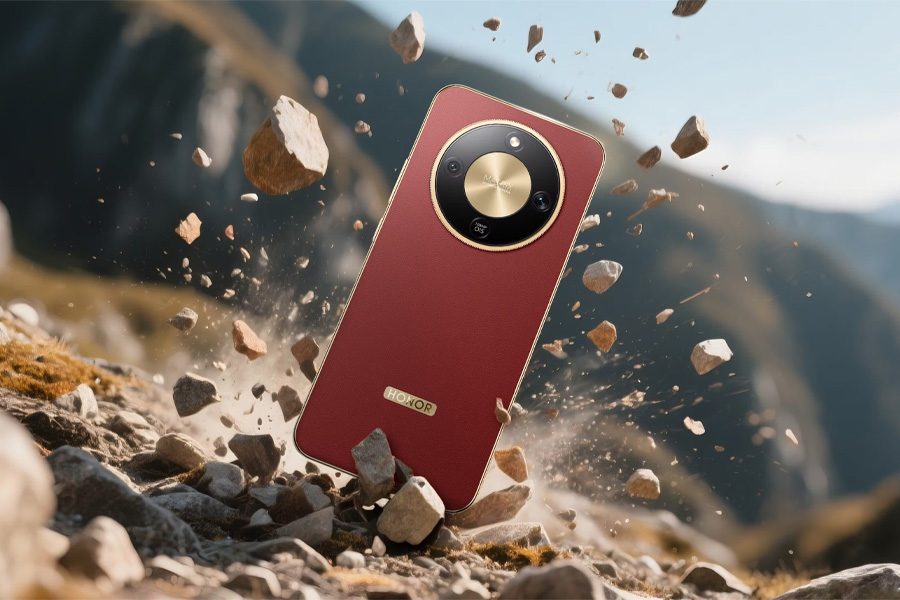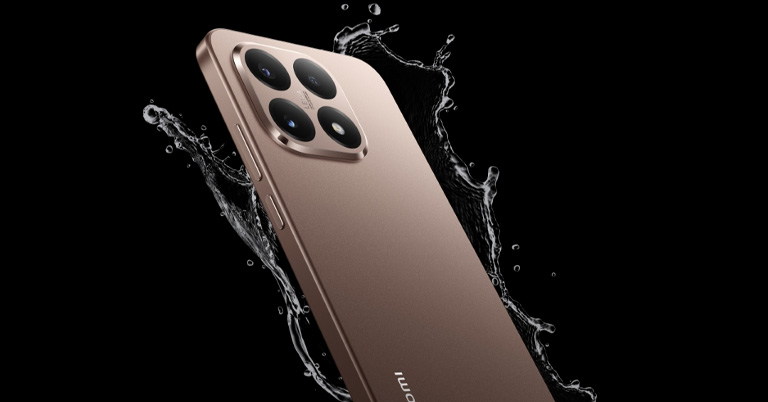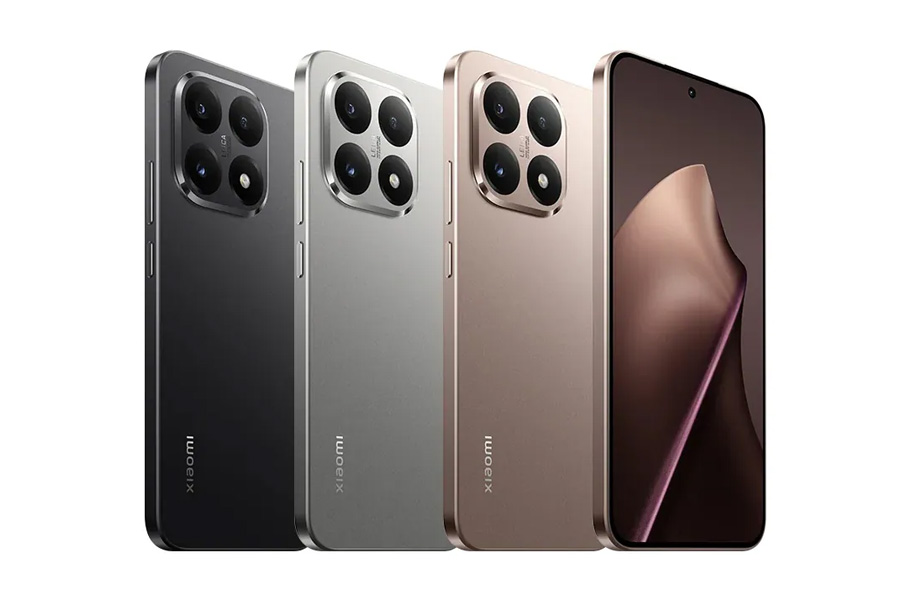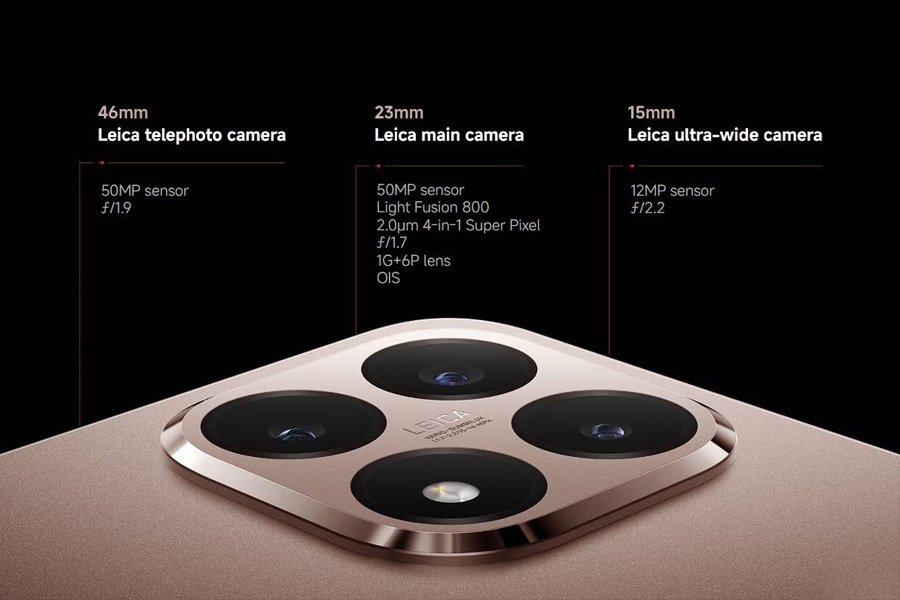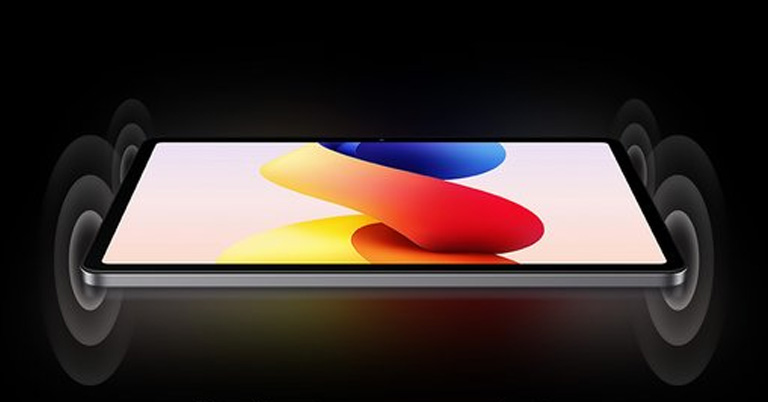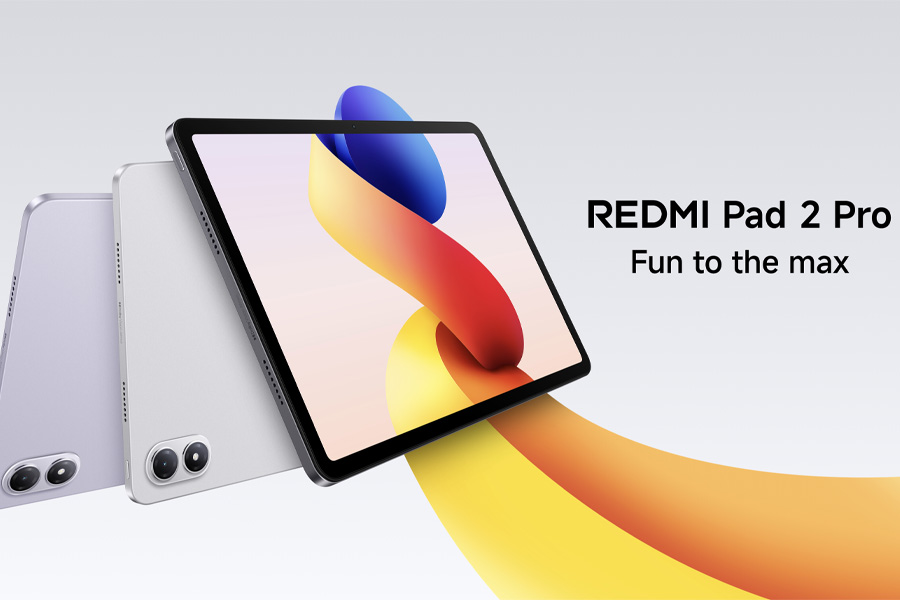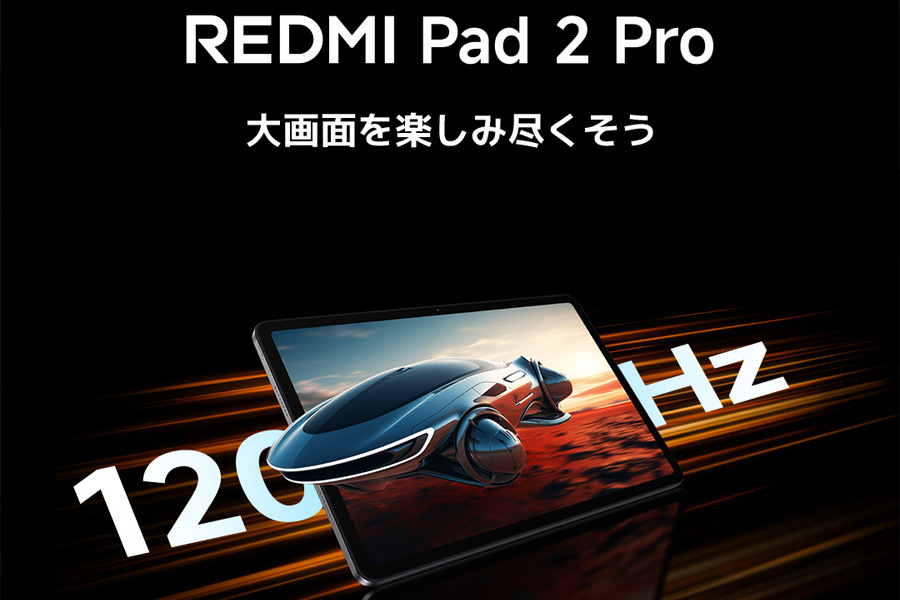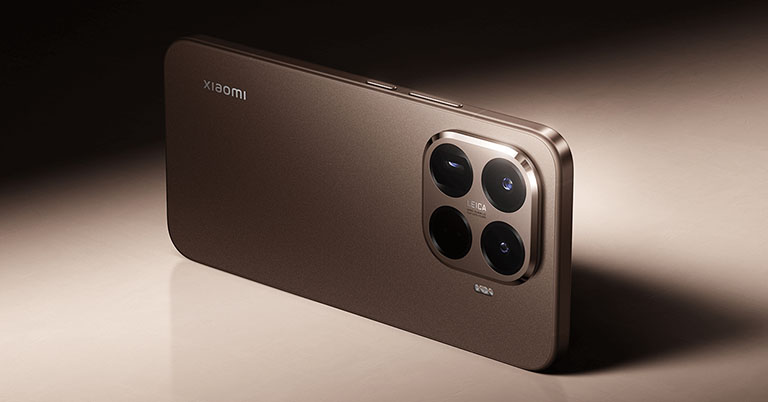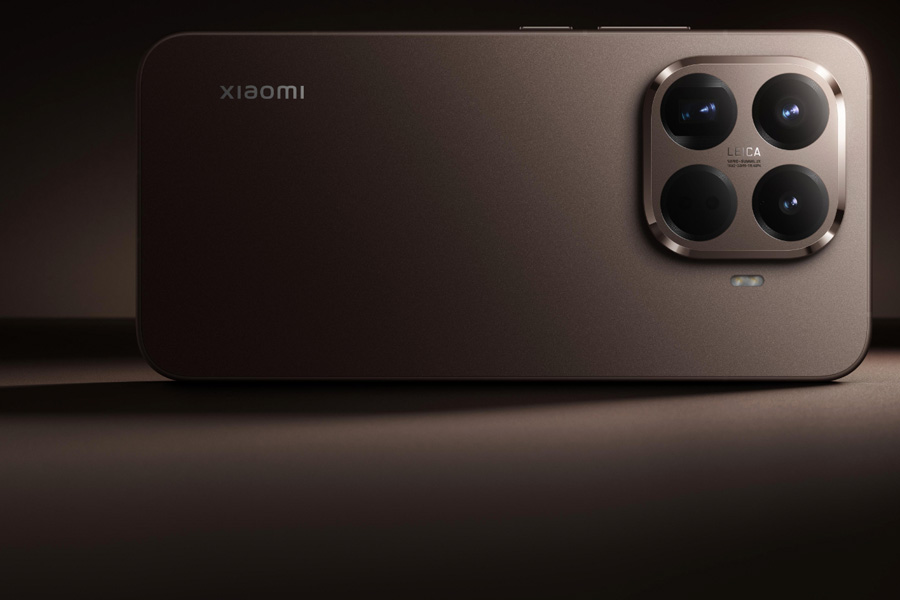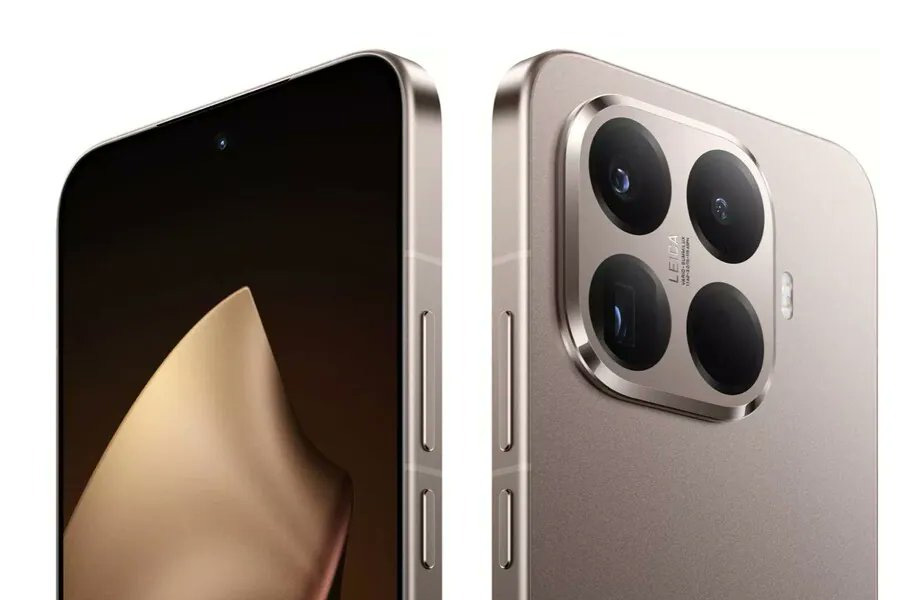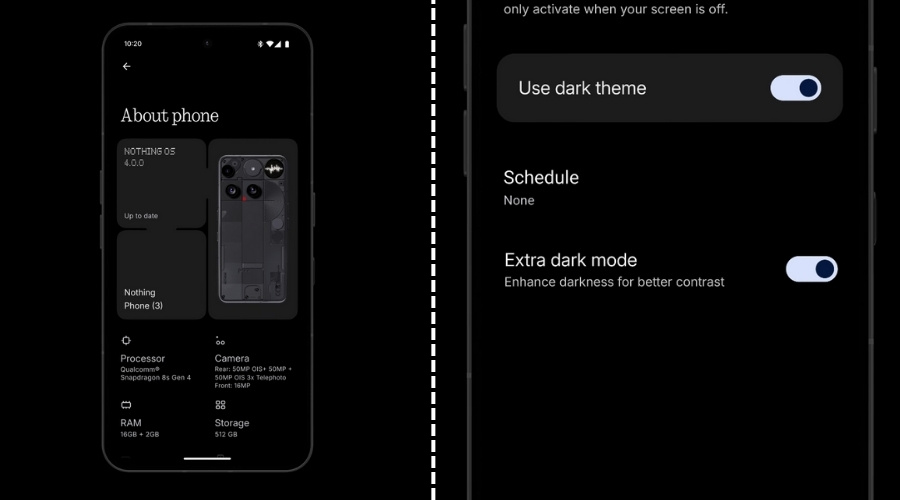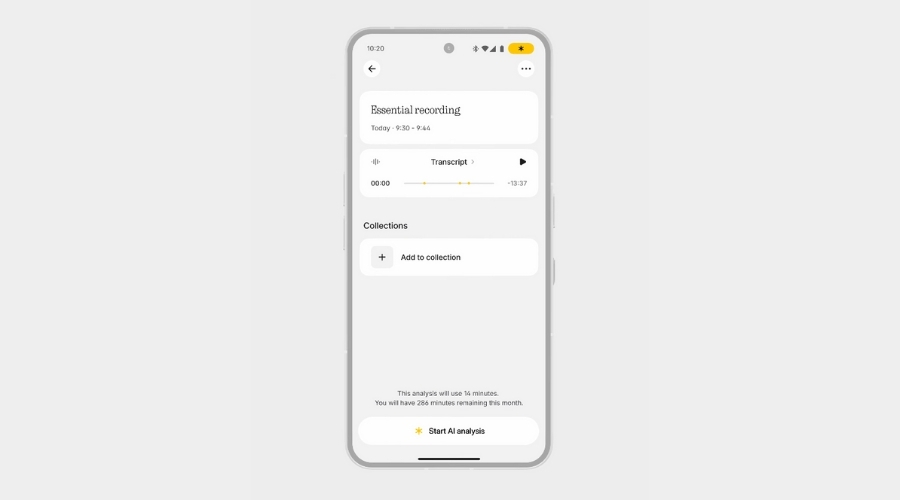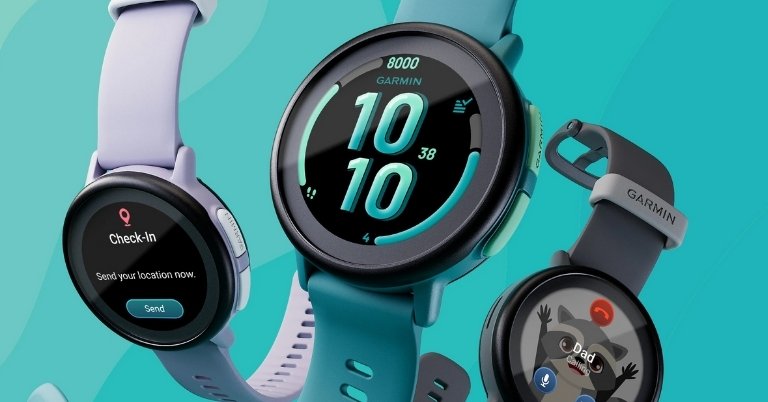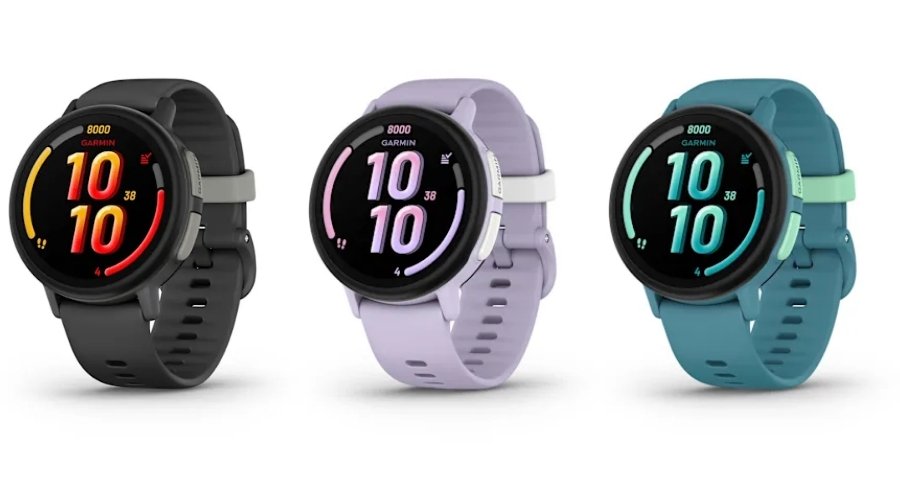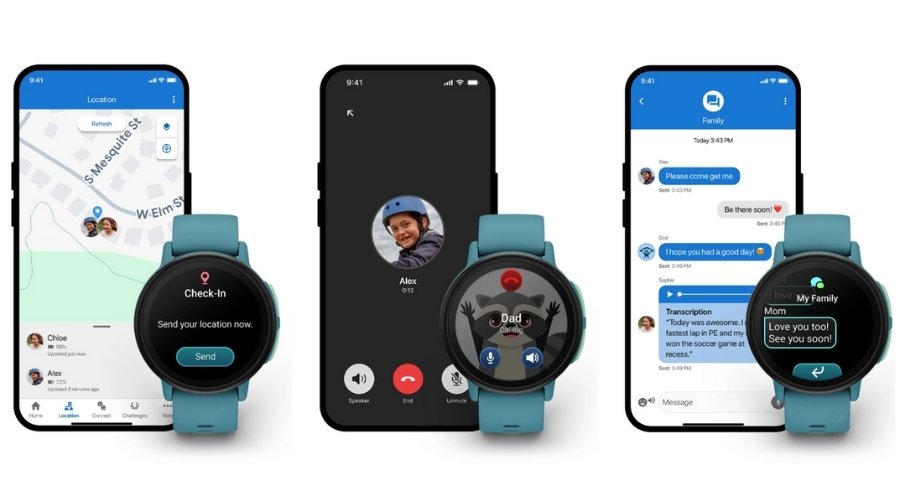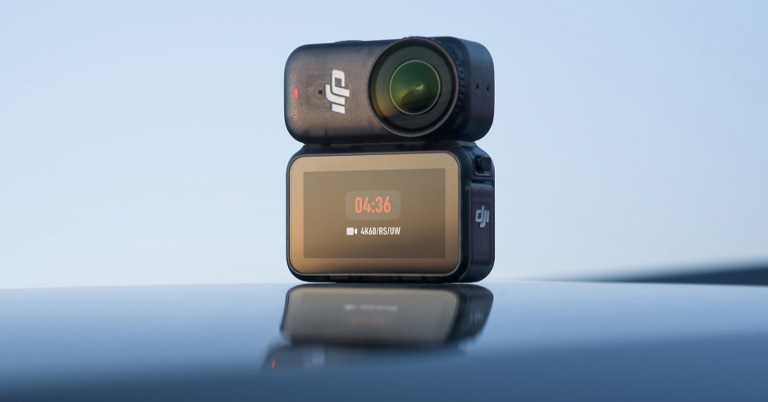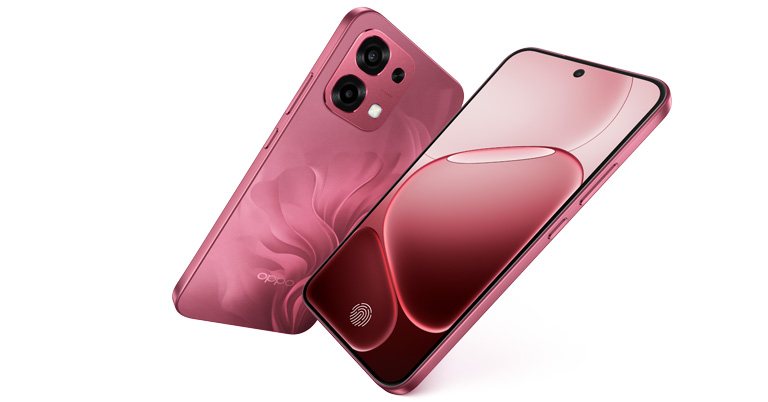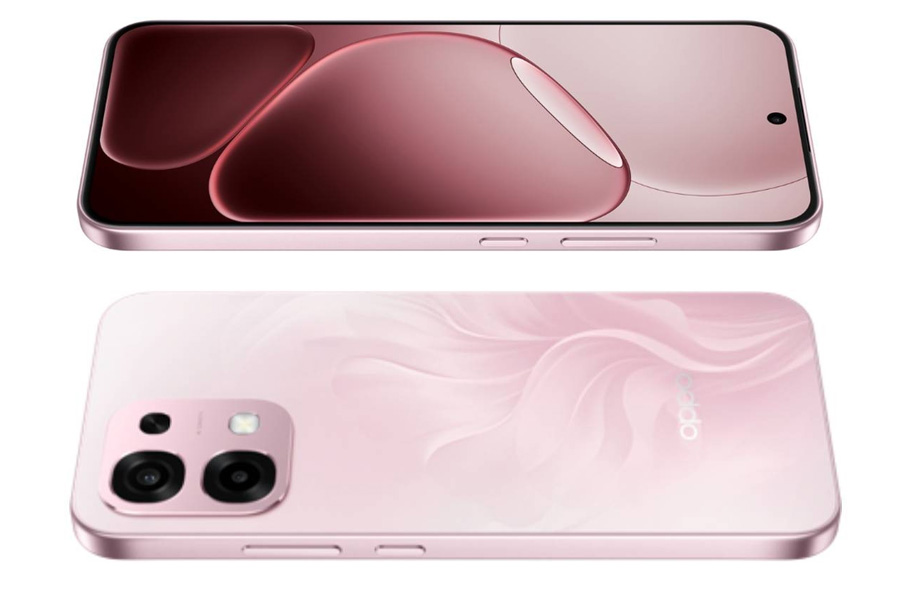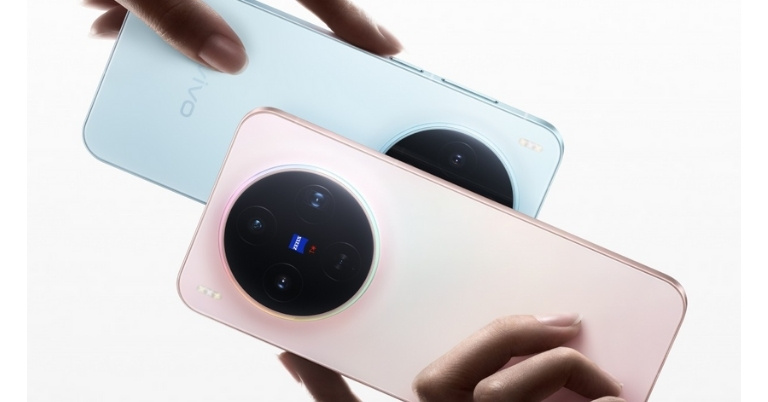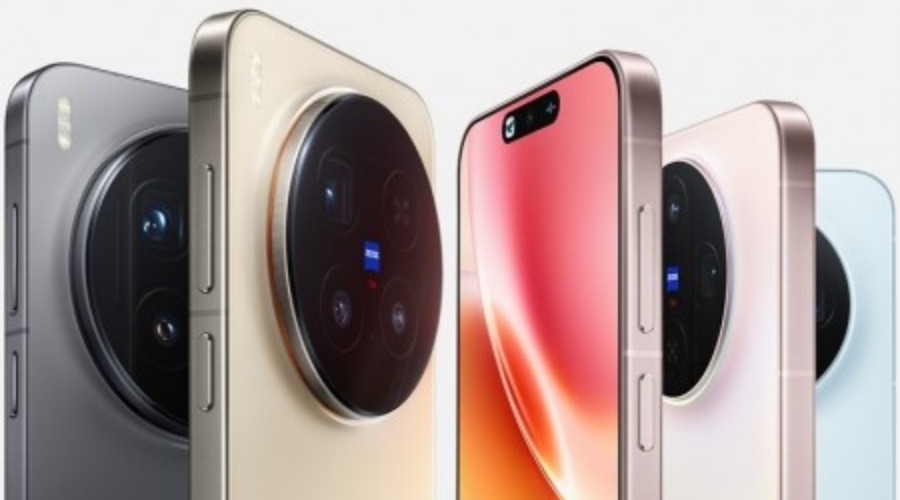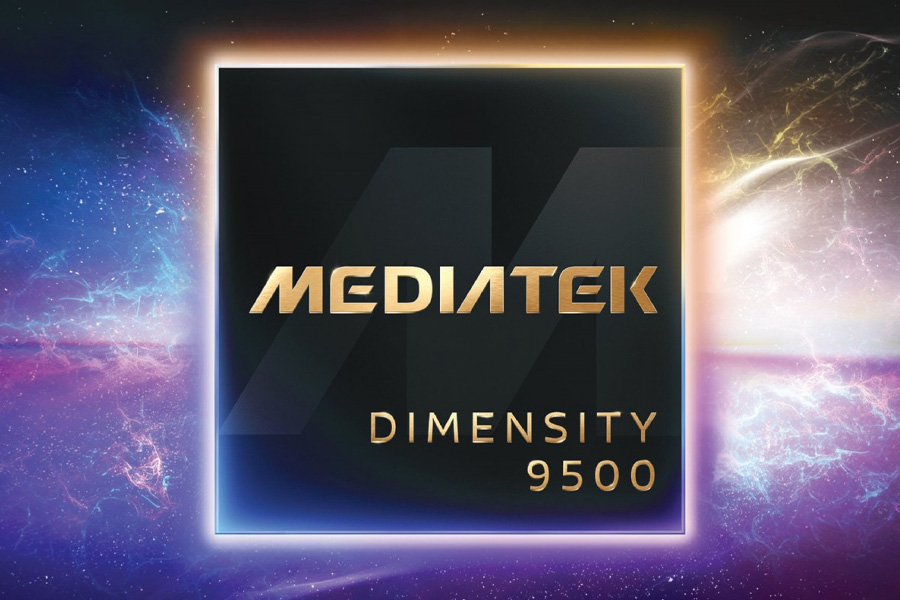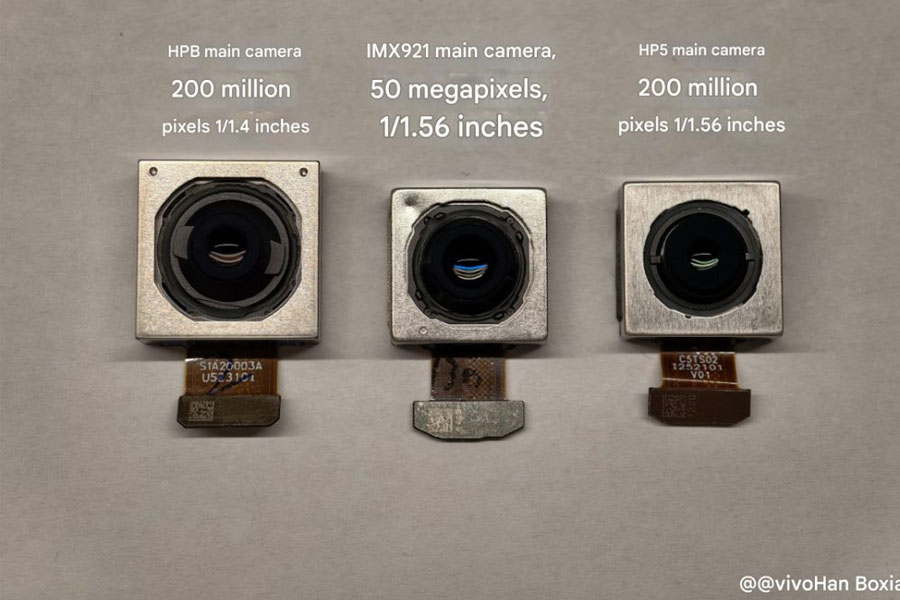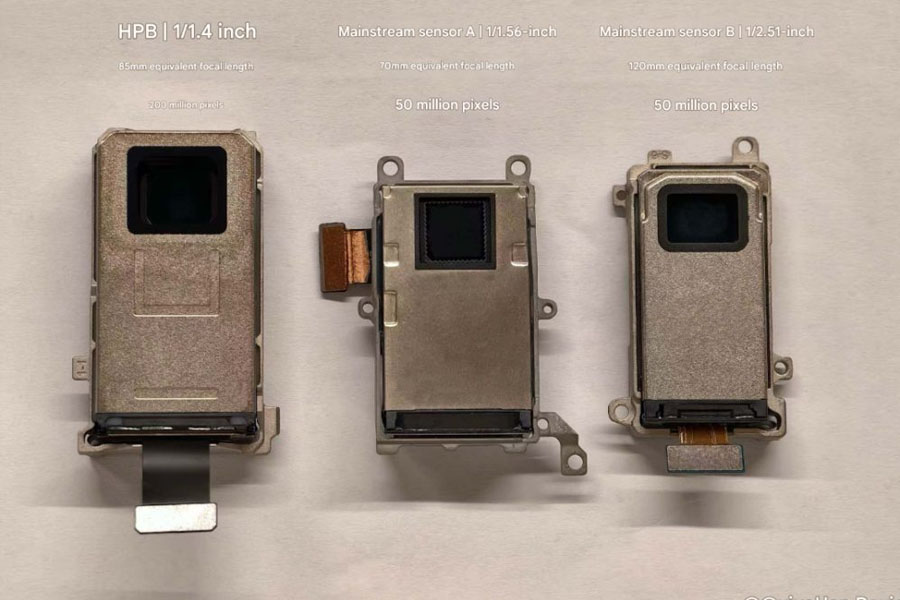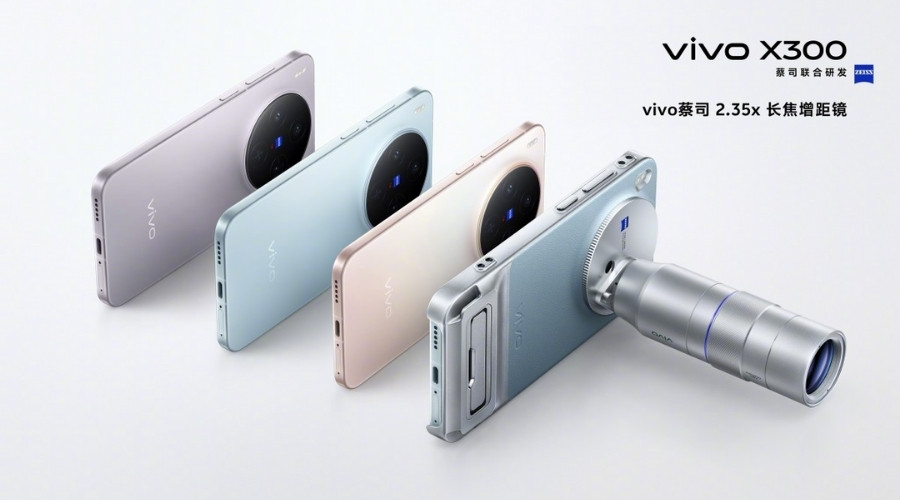If you are thinking of getting a Samsung smartphone but are confused about which to get, then you have come to the right place. In this article, we have listed the official price, specifications, and individual mini-reviews of each Samsung phone that are available in Nepal. So, let’s head into our Samsung mobile price in Nepal list.
Authorized Samsung Distributors in Nepal
Currently, Samsung has a wide range of models ranging from budget to high-end. Also, if you are planning to buy a Samsung smartphone, make sure you buy them from an authorized distributor for genuine products and after-sales support.
There are two distributors of Samsung phones in Nepal: Integrated Mobility Solutions (IMS) and Him Electronics. To make sure if a Samsung device is authorized or not, there’s a hologram of either IMS or HIM electronics on the box package. It is always beneficial to buy Samsung products likes Galaxy Smartphones, Samsung TV’s and Samsung Galaxy Tablets from authorized channels since the Samsung service center only provides replacement and servicing facilities on products bought from authorized distributors.
In 2020, Samsung Nepal implemented the Best Selling Price (BSP) modality. This basically means customers will not be receiving any discounts on the displayed price. Hence, all the Samsung mobile phones available in Nepal that are listed here are the best available price.
Free Pickup and Drop Service for Warranty
Samsung Nepal has also commenced free pickup and drop service for warranty service. That means if you have some issues with your Samsung phone that is under the warranty period, you can just call them for the free service. For that, you can dial NTC’s toll-free number 16600172667, or Ncell number 9801572667. Or else, you can also WhatsApp to this number 16600172667.
A Samsung representative will come to pick your phone up at your desired location/address. And then, after the repair, your phone will be delivered to the same place. Currently, the service is live across Kathmandu Valley through service centers located at New Road, Sundhara, Jawalakhel, New Baneshwor and Bhaktapur.
Samsung Mobile Price in Nepal (Summary 2025)
1. Samsung Galaxy Z Fold 7
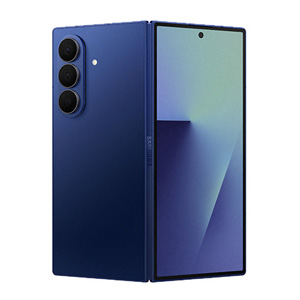
The thing about Samsung’s Galaxy Z Fold 7 can basically be summed up as their answer to “we finally figured out how to make foldables that don’t feel like carrying around a brick.” Samsung has managed to pull off something pretty remarkable here.
The phone measures just 8.9mm thick when folded and 4.2mm when unfolded, making it roughly 25% slimmer than the Z Fold 6 and honestly, that difference is massive when you’re actually using the thing.
At 215 grams, it’s even lighter than the Galaxy S25 Ultra, which is wild when you think about the fact that this thing has two screens and a complex hinge mechanism. I think most people who held off on foldables because of the bulk will find this genuinely appealing – it’s still thicker than a regular phone, but it no longer feels like you’re carrying around a small tablet in your pocket.
What really interesting here is how Samsung finally stepped up the camera game with a 200-megapixel main sensor – the first in the Z Fold series. This is not just about bigger numbers; it’s about Samsung acknowledging that people buying a 2 lakh + phone expect flagship camera performance, not the compromised sensors they’ve been putting in foldables for years.
Storage options go from 256GB to 1TB, with 12GB or 16GB of RAM depending on the configuration and honestly, the 16GB option is probably overkill for most people, but it’s good to see Samsung not being stingy with memory.
Samsung Galaxy Z Fold 7 Specifications
- Display: 8.0-inch main (2184 x 1968, 120Hz), 6.5-inch cover (2520 x 1080, 120Hz)
- Processor: Snapdragon 8 Elite for Galaxy
- RAM: 12GB/16GB
- Storage: 256GB/512GB/1TB
- Main Camera: 200MP (f/1.7, OIS) + 12MP ultra-wide + 10MP telephoto (3x zoom)
- Front Camera: 10MP (cover), 10MP (main display)
- Battery: 4,400mAh dual battery, 25W wired, 15W wireless, 4.5W reverse wireless
- OS: One UI 8 based on Android 16
- Price in Nepal: NPR 244,999
2. Samsung Galaxy Z Fold 6

The Galaxy Z Fold 6 arrives as the most expensive Samsung phone in Nepal. The successor to the last-gen Z Fold 5, this new guy doesn’t come in a totally new form.
However, the durability side is now tougher while the cooling solution is also better, thanks to a larger vapor chamber. Plus, the IP48 rating also makes this Fold more resistant to debris and dust particles.
As for the display, the outer screen has gotten slightly larger at 6.3 inches and it no longer bears the tall 22.1:9 aspect ratio. Meanwhile, unfolding the phone takes you to a 7.6-inch Infinity Flex panel with a 20.9:8 ratio. Both are AMOLED panels with a 120Hz refresh rate. Under the hood, there is a Snapdragon 8 Gen 3 for Galaxy SoC, with extra clock speeds and optimization for flagship Galaxy phones. It is paired with 12GB of RAM and 256/512GB storage.
- Meanwhile, check all the prices and specs of Samsung devices here
Samsung Galaxy Z Fold 6 Specifications:
- Display:
- Main: 7.6-inch Dynamic AMOLED 2X, 120Hz refresh rate
- External: 6.3-inch Dynamic AMOLED 2X, 120Hz refresh rate, Gorilla Glass Victus 2
- Chipset: Qualcomm Snapdragon 8 Gen 3 5G for Galaxy (4nm mobile platform)
- Memory: 12GB LPDDR5x RAM, 256/512GB UFS 4.0 storage (fixed)
- Software & UI: One UI 6.1.1 on top of Android 14 (upgradeable)
- Rear Camera: Triple (50MP main, 12MP ultrawide, 10MP telephoto)
- Front Camera: 10MP (external), 4MP UDC (main)
- Security: Fingerprint sensor (side-mounted)
- Battery: 4400mAh with 25W charging (10W wireless, 4.5W reverse wireless)
- Price in Nepal: NPR
214,999164,999 (12/256GB) | NPR229,999179,999 (12/512GB)
3. Samsung Galaxy Z Flip 7
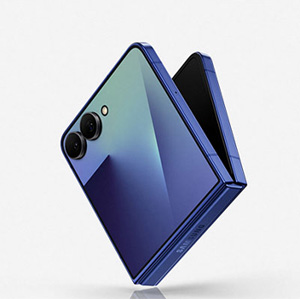
Samsung’s Galaxy Z Flip 7 is represents a fundamental shift in how Samsung thinks about foldable phones – they’ve moved from “look what we can do” to “here’s something you might actually want to use every day.”
With a 4,300mAh battery, Samsung has finally addressed the biggest complaint about previous Flip models, and honestly, this makes a significant difference in real-world usage.
Battery tests show about 12 hours and 24 minutes of actual usage, which beats the Z Flip 6 but still trails behind competitors like the Motorola Razr Ultra.
The charging situation is where things get less impressive though – it takes over 90 minutes to go from empty to full, which feels sluggish when you consider that most flagship phones can charge significantly faster at this price point.
The FlexWindow implementation reveals both Samsung’s strengths and limitations in understanding what people actually want from a flip phone. The larger cover display is genuinely useful for quick interactions, but reviews suggest Samsung could be doing significantly more with that secondary screen space.
The camera system, while functional, seems to lag behind what you’d expect from a premium device – some reviews describe the cameras as “dated,” which raises questions about where Samsung is allocating resources in a phone that costs over $1,000.
Samsung Galaxy Z Flip 7 Specifications
- Display: 6.9-inch Dynamic AMOLED 2X, 120Hz, 2520x1080px / 4.1-inch Super AMOLED cover screen, 120Hz, 948x1048px
- Processor: Exynos 2500 (3nm) with Xclipse 950 GPU
- Memory: 12GB / 256GB or 512GB UFS 4.0
- Rear Camera: 50MP main (f/1.8, OIS) + 12MP ultra-wide (f/2.2, 123° FOV)
- Front Camera: 10MP (f/2.2)
- Battery: 4,300mAh with 25W wired, 15W wireless charging
- OS: Android 16 with One UI 8
- Colors: Blue Shadow, Jet Black, Coral Red, Mint (online exclusive)
- Price in Nepal: NPR 154,999
4. Samsung Galaxy Z Flip 6

The Galaxy Z Flip 6 is the flipping guy from Samsung. Which brings small iterative upgrades over the Z Flip 5. It has gotten thinner and sturdier thanks to the Armor Aluminum frame. You get the same IP48 rating here as well, ensuring the clamshell remains safe from dust particles up to some extent.
The exterior display remains the same 3.4-inch AMOLED panel with a 60Hz refresh rate and 720 x 728 resolution. On the inside, there is a 6.7-inch main panel with a 120Hz refresh rate, FHD+ resolution, and Corning Gorilla Glass Victus 2 protection. Meanwhile, the optics side gets an upgrade with a new 50MP main sensor that offers 2X in-sensor zoom and 10x digital zoom. The ultrawide camera is still 12MP alongside the 10MP selfie snapper. Lastly, the battery is now bumped to 4000mAh from 3700mAh, so expect some extra battery life on this guy.
Samsung Galaxy Z Flip 6 Specifications:
- Display:
- Main: 6.7-inch Dynamic AMOLED 2X, 120Hz refresh rate
- External: 3.4-inches AMOLED, Flex Window, 60Hz
- Chipset: Qualcomm Snapdragon 8 Gen 3 for Galaxy (4nm)
- Memory: 12GB LPDDR5x RAM, 256 UFS 4.0 storage (fixed)
- Software & UI: One UI 6.1 on top of Android 14 (upgradeable)
- Rear Camera: Dual (50MP main, 12MP ultrawide)
- Front Camera: 10MP sensor (hole-punch)
- Security: Fingerprint sensor (side-mounted)
- Battery: 4000mAh with 25W charging (15W wireless, 4.5W reverse wireless)
- Price in Nepal: NPR
139,99999,999 (8/256GB)
5. Samsung Galaxy S25 Ultra

The Galaxy S25 Ultra is the latest flagship offering from the South Korean giant in Nepal. It has top-of-the-line specs but minimal upgrades over the S24 Ultra, especially in the optics segment.
If you ask why, you get the same quad camera setup with a 200MP main, 10MP 3X telephoto, 50MP 5X periscope, 50MP ultrawide, and a 12MP selfie camera. What’s new this time is the OPG mode for color tuning on the video side.
Under the hood, it packs the Snapdragon 8 Gen Elite for Galaxy processor, which gains extra clock speed than the regular 8 Elite silicon. You get up to 12GB of RAM and 512GB of internal storage. Likewise, it boots on OneUI 7 built on top of Android 15 with various AI features and optimizations. Furthermore, the visuals are handled by a 6.9-inch QHD+ display with a 120Hz LTPO refresh rate. Samsung Nepal ships this flagship guy in Titanium Silver Blue, Titanium White Silver, and Titanium Black.
Samsung Galaxy S25 Ultra Specifications:
- Display: 6.9-inch Dynamic AMOLED 2X, QHD+, 120Hz refresh rate, Gorilla Glass Armor 2
- Chipset: Snapdragon 8 Elite for Galaxy (3nm mobile platform)
- Memory: 12GB LPDDR5X, 256/512GB/1TB UFS 4.0 storage (fixed)
- Software & UI: One UI 6.1 on top of Android 14 (7 years of OS and security updates)
- Rear Camera: Quad (200MP main, 12MP ultrawide, 10MP 5X telephoto, 10MP 3X telescope)
- Front Camera: 12MP sensor (hole-punch)
- Security: Fingerprint sensor (ultrasonic in-display)
- Battery: 5000mAh with 45W charging (15W wireless, 4.5W reverse wireless)
- Price in Nepal: NPR 184,999 (12/256GB) | NPR 199,999 (12/512GB)
6. Samsung Galaxy S24 Ultra
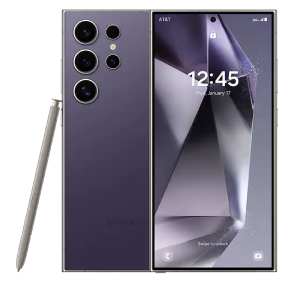 This last-gen flagship from Samsung bears some top-of-the-line specs. First up, it is powered by a Snapdragon 8 Gen 3 for Galaxy SoC, slightly overclocked than the regular one. Alongside, you get tonnes of Galaxy AI features such as circle to Google Search, objects eraser, AI keyboard, Live call translate, and so on.
This last-gen flagship from Samsung bears some top-of-the-line specs. First up, it is powered by a Snapdragon 8 Gen 3 for Galaxy SoC, slightly overclocked than the regular one. Alongside, you get tonnes of Galaxy AI features such as circle to Google Search, objects eraser, AI keyboard, Live call translate, and so on.
As for the optics, the S24 Ultra continues the quad camera setup but with a difference this time. The regular 10MP telephoto unit with 10X optical zoom is now replaced by a 50MP sensor with 5X optical zoom. Samsung says this lens can achieve optical zoom quality for 10X shots. Other than that, the 10MP 3X telephoto, the 12MP ultrawide cameras, and the 200MP main cameras are here to stay. In terms of videography, you can capture 8K videos at 60fps and 4K footage at 120fps.
This time, the display has gone flat. It’s a 6.8-inch dynamic AMOLED panel with QHD+ resolution and Gorilla Glass Armor protection. The frame is now made up of titanium for those extra sturdiness.
Samsung Galaxy S24 Ultra Specifications:
- Display: 6.8-inch Dynamic AMOLED 2X, QHD+, 120Hz refresh rate, Gorilla Glass Armor
- Chipset: Snapdragon 8 Gen 3 for Galaxy (4nm mobile platform)
- Memory: 12GB LPDDR5, 256/512GB/1TB UFS 4.0 storage (fixed)
- Software & UI: One UI 6.1 on top of Android 14 (7 years of OS and security updates)
- Rear Camera: Quad (200MP main, 12MP ultrawide, 10MP 5X telephoto, 10MP 3X telescope)
- Front Camera: 12MP sensor (hole-punch)
- Security: Fingerprint sensor (ultrasonic in-display)
- Battery: 5000mAh with 45W charging (15W wireless, 4.5W reverse wireless)
- Price in Nepal: NPR
184,999159,999 (12/256GB) | NPR 199,999 (12/512GB) (Out of Stock)
7. Samsung Galaxy S25 Plus

Following its Ultra sibling, the Galaxy S25 Plus is also official in Nepal. This time around, it ships with a Snapdragon 8 Elite for Galaxy. Talking of the optics, the smartphone has a 50MP OIS camera, a 12MP ultra-wide unit, and a 10MP telephoto lens with 3X optical zoom.
Getting to the display, there is a 6.7-inch Dynamic 2X AMOLED with QHD+ resolution and 120Hz refresh rate. Fueling the phone is a 4900mAh cell with 45W wired fast charging, 15W wireless, and 4.5W reverse wireless charging support. As for the software, it boots on OneUI 7 built on top of Android 15. You get 7 years of OS and security updates too.
Samsung Galaxy S25+ Specifications:
- Display: 6.7-inch Dynamic AMOLED 2X, QHD+ 120Hz refresh rate, Gorilla Glass Victus 2
- Chipset: Snapdragon 8 Elite for Galaxy (3nm mobile platform)
- Memory: 12GB RAM, 256GB storage UFS 4.0 (fixed)
- Software & UI: One UI 7 on top of Android 15 (7 years of OS and security updates)
- Rear Camera: Triple (50MP main OIS, 12MP ultrawide, 10MP 3X telephoto)
- Front Camera: 12MP sensor (hole-punch)
- Security: Fingerprint sensor (ultrasonic in-display)
- Battery: 4900mAh with 45W charging (15W wireless, 4.5W reverse wireless)
- Price in Nepal: NPR 141,999 (12/256GB)
8. Samsung Galaxy S25

The Galaxy S25 is the cheapest of the S25 Series in Nepal. It is powered by the same Snapdragon 8 Elite for Galaxy and features the same triple-camera layout. You get a 50MP main camera with OIS, a 12MP ultrawide unit, and a 10MP telephoto 3X lens. The display here is a 6.2-inch 2X Dynamic 120Hz AMOLED panel with FHD+ resolution.
Samsung has kept the battery by same by offering a 4000mAh cell. While the 25W wired charging, 15W wireless, and 4.5W reverse wireless charging support are here to stay.
Samsung Galaxy S25 Specifications:
- Display: 6.2-inch Dynamic AMOLED 2X, FHD+, 120Hz refresh rate, Gorilla Glass Victus 2
- Chipset: Snapdragon 8 Gen 3 for Galaxy (4nm mobile platform)
- Memory: 8GB RAM, 256GB storage (fixed)
- Software & UI: One UI 6.1 on top of Android 14
- Rear Camera: Triple (50MP main, 12MP ultrawide, 10MP telephoto)
- Front Camera: 12MP sensor (hole-punch)
- Security: Fingerprint sensor (ultrasonic in-display)
- Battery: 4000mAh with 25W charging (15W wireless, 4.5W reverse wireless)
- Price in Nepal: NPR 104,999 (12/128GB), NPR 114,999 (12/256GB)
9. Samsung Galaxy S24 FE

The Galaxy S24 FE 5G is a new contender in Samsung’s semi-flagship lineup in Nepal. The “FE” stands for Fan Edition, which means it has slightly lower specifications than the standard S24 Series. In terms of design, the S24 FE reflects the aesthetics of its flagship and mid-range counterparts. It boasts a 6.4-inch AMOLED display with a 120Hz refresh rate and FHD+ resolution.
It runs on Samsung’s Exynos 2400e processor, which is built using a 4nm manufacturing process. The phone features a solid triple-camera system that includes a 50MP main camera with optical image stabilization, a 12MP ultrawide lens, and an 8MP telephoto lens offering 3X optical zoom. The device is powered by a 4,500mAh battery that supports 25W wired fast charging, as well as wireless and reverse wireless charging capabilities. On the software front, it comes with OneUI 5.1, based on Android 13.
Samsung Galaxy S24 FE 5G Specifications:
- Display: 6.7-inch Dynamic AMOLED, FHD+, 120Hz refresh rate
- Chipset: Exynos 2400e 5G (4nm mobile platform)
- Memory: 8GB LPDDR5 RAM, 256GB storage
- Software & UI: One UI 6.1 on top of Android 14
- Rear Camera: Triple (50MP main, 12MP ultrawide, 8MP 3X telephoto)
- Front Camera: 10MP sensor (hole-punch)
- Security: Fingerprint sensor (optical in-display)
- Battery: 4700mAh with 25W charging
- Price in Nepal: NPR 94,999 (8/256GB)
10. Samsung Galaxy A56 5G

Samsung’s latest Galaxy A56 smartphone introduces a premium touch with its metal frame, marking a first for the ‘A’ series, along with Gorilla Glass Victus+ protection on both the front and back. The design on the rear has a newer camera module, bidding farewell to the cleaner protruding lens found on its predecessor, the Galaxy A55. The rear camera setup consists of a 50MP primary sensor, a 12MP ultrawide lens, and a 5MP macro shooter. Up front, a larger 6.6-inch 120Hz Super AMOLED display ensures a smooth viewing experience. The phone houses a 5,000mAh battery, which supports 25W fast charging via a compatible adapter.
Powering the device is the new Exynos 5480 chipset, built on an efficient 4nm process. This octa-core processor brings a new architecture with 1 core of Cortex-A720 at 2900 MHz, 3 cores of Cortex-A720 at 2600 MHz, and 4 cores of Cortex-A520 at 1950 MHz. Running on OneUI 7 based on Android 15, Samsung guarantees 6 years of major software updates.
Samsung Galaxy A56 5G Specifications:
- Display: 6.7-inch Super AMOLED, FHD+, 120Hz refresh rate, Gorilla Glass Victus+
- Chipset: Samsung Exynos 1580 5G (4nm mobile platform)
- Memory: 8/12GB RAM, 256GB storage (expandable)
- Software & UI: One UI 7 on top of Android 15
- Rear Camera: Triple (50MP main, 12MP ultrawide, 5MP macro)
- Front Camera: 32MP sensor (hole-punch)
- Security: Fingerprint sensor (optical in-display)
- Battery: 5000mAh with 25W charging
- Price in Nepal: NPR 65,999 (8/256GB) | NPR 71,999 (12/256GB)
11. Samsung Galaxy A36 5G

Samsung Galaxy A36 is an upcoming model. It packs a Snapdragon 6 Gen 3 chip with up to 8GB of RAM and up to 256GB of internal storage. Design-wise, it continues with an Infinity O display as its predecessor the Galaxy A35. Meanwhile, the rear side gets a slight cosmetic change for the camera module. It also brings Gorilla Glass Victus + protection to the display.
Galaxy A36 5G ships with the latest Android 15-based One UI 7 out of the box and is guaranteed to get 6 major OS updates. Fueling the phone is a 5,000mAh battery that supports 45W fast charging. In terms of optics, the hole punch houses a 12MP selfie shooter. At the back, you get a triple camera setup as last year. It is headlined by a 50MP primary, 8MP ultrawide, and a 5MP macro sensor.
Samsung Galaxy A36 5G Specifications:
- Display: 6.7-inch Super AMOLED, FHD+, 120Hz refresh rate, Gorilla Glass Victus+
- Chipset: Qualcomm Snapdragon 6 Gen 3 (4nm mobile platform)
- Memory: 8GB RAM, 128/256GB storage (expandable)
- Software & UI: One UI 7 on top of Android 15
- Rear Camera: Triple (50MP main, 8MP ultrawide, 5MP macro)
- Front Camera: 12MP sensor
- Security: Fingerprint sensor (optical in-display)
- Battery: 5000mAh with 45W charging
- Price in Nepal: NPR 48,999 (8/128GB), NPR 54,999 (8/256GB), NPR 59,999 (12/256GB)
12. Samsung Galaxy M36 5G
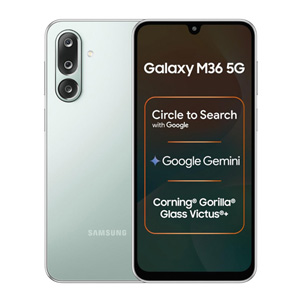
The Galaxy M36 sports a vivid 6.7‑inch Full HD+ AMOLED display with a smooth 120 Hz refresh rate. It’s powered by Samsung’s 5 nm Exynos 1380 chip paired with either 6 GB or 8 GB of RAM and up to 256 GB of storage. Photography is led by a 50 MP main rear sensor, accompanied by 8 MP ultrawide and 2 MP macro lenses; the front camera is a 13 MP unit. Its 5,000 mAh battery supports 25 W fast charging for all‑day use with quick top‑ups.
Running One UI 7 on Android 15, Samsung guarantees six major Android version updates. The device is offered in Orange Haze, Velvet Black, and Serene Green finishes. In Nepal, the 8 GB RAM with 128 GB storage model is priced at NPR 36,999, while the 8 GB/256 GB variant is available for NPR 41,999.
Samsung Galaxy M36 Specifications
- Display: 6.7-inch AMOLED, Full HD+, 120Hz
- Front Camera: 13MP
- Rear Cameras: 50MP main + 8MP ultrawide + 2MP macro
- Processor: Samsung Exynos 1380 (5nm)
- RAM: 6GB / 8GB
- Storage: 128GB / 256GB
- Software: One UI 7 (Android 15)
- Updates: 6 Android versions promised
- Battery: 5,000mAh
- Charging: 25W
- Colors: Orange Haze, Velvet Black, Serene Green
- Price in Nepal: NPR 36,999 (8/128GB), NPR 41,999 (8/256GB)
13. Samsung Galaxy A26 5G

The Galaxy A26 5G is an upcoming midrange offering from Samsung in Nepal. It brings in the 2025 A-Series vibe with a redesigned camera module. While the front remains unchanged with a U-shaped notch, even in 2025, sadly. The display has gotten slightly bigger, it’s now a 6.7-inch OLED panel with a 120Hz refresh rate. Under the hood, the in-house Exynos 1380 5G is paired with 8GB of RAM and up to 256GB of internal storage.
Likewise, fueling the phone is a 5000mAh battery with 25W wired charging. Moreover, it boots in OneUI 7, built on top of Android 15. Samsung promises 4 major OS updates and 5 years of security patches.
Samsung Galaxy A26 5G Specifications:
- Display: 6.7-inch Super AMOLED, FHD+, 120Hz refresh rate
- Processor: Samsung Exynos 1380 5G (4nm mobile platform)
- Memory: 8GB RAM, 128/256GB storage (expandable)
- Software & UI: One UI 6.0 based on Android 14
- Rear Camera: Triple (50MP main with OIS, 8MP ultrawide, 2MP macro)
- Front Camera: 13MP sensor (teardrop notch)
- Security: Fingerprint sensor (side-mounted), Samsung Knox Vault
- Battery: 5000mAh with 25W charging
- Price in Nepal: NPR 45,999 (8/256GB)
14. Samsung Galaxy A16 5G

The Galaxy A16 5G is the latest arrival to the midrange portfolio from Samsung in Nepal. It brings the new Dimensity 6300 SoC with 5G connectivity and similar performance as the Dimensity 6100+ of the Galaxy A15 5G. Even the RAM options and storage options are the same: 6/128GB, 8/128GB, and 8/256GB.
The similarity also continues in the optics section. You get a 50MP main camera, a 5MP Ultrawide unit, a 2MP macro unit, and a 13MP front snapper. Meanwhile, the display has gotten bigger this time with the Super AMOLED panel stretching 6.7-inch with a 90Hz refresh rate. As for the design, Samsung continues providing an age-old U-shaped notch cutout and a bigger chin on the bottom side.
Samsung Galaxy A16 5G Specifications:
- Display: 6.7-inch Super AMOLED, FHD+, 90Hz refresh rate
- Chipset: Mediatek Dimensity 6300 5G
- Memory: 6/128GB RAM, 8/128GB, 8/256GB storage (expandable)
- Software & UI: One UI Core 6.1 on top of Android 14
- Rear Camera: Triple (50MP main, 5MP ultrawide, 2MP macro)
- Front Camera: 13MP sensor (teardrop notch)
- Security: Fingerprint sensor (side-mounted)
- Battery: 5000mAh with 25W charging (Free 25W charger)
- Price in Nepal: NPR 28,999 (6/128GB) | NPR 30,999 (8/128GB) | NPR 34,999 (8/256GB)
15. Samsung Galaxy A17 5G
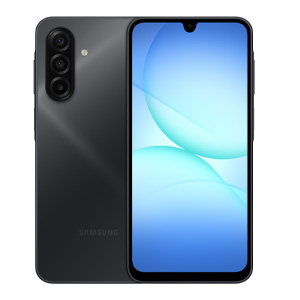
The Galaxy A17 5G sits as Samsung’s second-cheapest 5G option, positioning itself as an entry-level phone with some surprisingly solid fundamentals. While the hardware upgrades from last year’s A16 are modest rather than groundbreaking, Samsung did manage to add Gorilla Glass Victus protection and slim down the design slightly. The 6.7-inch Super AMOLED display with 90Hz refresh rate and 1080p resolution is genuinely impressive for this price bracket, though the base model’s 4GB RAM might leave you wondering about future-proofing despite Samsung’s promise of 6 major OS updates. The Exynos 1330 chipset handles basic tasks adequately, and the 5,000mAh battery with 25W charging covers the essentials, even if you’ll need to buy the charger separately.
Camera-wise, things get a bit mixed – the main shooter produces decent 1080p videos with punchy colors and good contrast, but the ultrawide camera struggles with fuzzy details and color fringing. Early reviewers have noted improvements in the selfie camera quality and solid battery performance for streaming and gaming, though it faces tough competition from phones like the Motorola Moto G Power which offers better chipsets and more RAM.
Samsung Galaxy A17 Specifications
- Display: 6.7-inch Super AMOLED, FHD+, 90Hz, 1,100 nits, Gorilla Glass Victus
- Processor: Samsung Exynos 1330
- RAM: 4GB / 8GB
- Storage: 128GB / 256GB (expandable via microSD)
- Rear Camera: 50MP (OIS) + 5MP ultrawide + 2MP macro
- Front Camera: 13MP
- Battery: 5,000mAh, 25W charging
- OS: One UI 7 (Android 15)
- Protection: IP54 rating
- Colors: Black, Blue, Gray
- Price in Nepal: NPR 26,000 (6GB/128GB)
16. Samsung Galaxy M16 5G

The Galaxy M16 5G is the upcoming arrival to the midrange portfolio from Samsung. This year’s M16 brings a new design with a similar camera module as on the A56 5G. Meanwhile, the performance side is completed by Dimensity 6300 SoC with 5G connectivity, just as the last year’s M15. Even the RAM options and storage options are the same: 6/128GB, 8/128GB, and 8/256GB.
As for the display, a Super AMOLED panel stretches at 6.7-inch with a 90Hz refresh rate. ut the design is unchanged with a U-shaped notch cutout and a bigger chin on the bottom. The similarity also continues in the optics section. You get a 50MP main camera, a 5MP Ultrawide unit, a 2MP macro unit, and a 13MP front snapper.
Samsung Galaxy M16 5G Specifications:
- Display: 6.7-inch Super AMOLED, FHD+, 90Hz refresh rate
- Chipset: Mediatek Dimensity 6300 5G
- Memory: 6/128GB RAM, 8/128GB, 8/256GB storage (expandable)
- Software & UI: One UI Core 7 on top of Android 15
- Rear Camera: Triple (50MP main, 5MP ultrawide, 2MP macro)
- Front Camera: 13MP sensor (U-shaped notch)
- Security: Fingerprint sensor (side-mounted)
- Battery: 5000mAh with 25W charging
- Price in Nepal: NPR 26,999 (6/128GB)
17. Samsung Galaxy A07
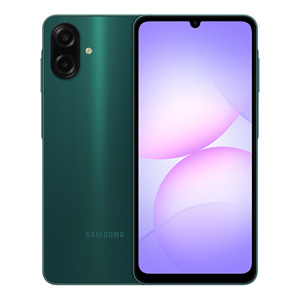
Samsung quietly dropped the Galaxy A07, and honestly? The boring approach actually works here. From what we’re getting, they fixed everything people hated about the A06 – better Helio G99 chip, 90Hz screen, IP54 water resistance, and here’s the kicker: 6 years of OS updates on a phone this cheap.
Like most budget phones they kept the headphone jack and microSD slot while bumping the screen to 6.7 inches. We don’t know if the 720p resolution will bother you, but at this price point, it’s hard to complain. The 50MP main camera seems decent enough, though that 8MP selfie cam feels a bit stingy when everyone else is doing 32MP. Well, basically, the 5,000mAh battery with 25W charging i think is very decent. All things considered, the A07 feels like Samsung’s attempt at making the most aggressively practical phone that just works
Samsung Galaxy A07 Specifications
- Dimensions: 164.4 x 77.4 x 7.6 mm
- Weight: 184 gm
- Display: 6.7-inch HD+ PLS LCD, 90Hz refresh rate
- Processor: MediaTek Dimensity Helio G99 (6nm)
- Memory: 4/6/8GB RAM, 64/128/256GB storage (expandable via microSD)
- Cameras: 50MP main + 2MP macro + 8MP selfie
- IP rating: IP54 dust and splash resistance
- OS: Android 15-based One UI 7.0
- Colors: Green, Light Violet, Black
- Price in Nepal: NPR 15,999 (4/64GB)
18. Samsung Galaxy A06

The Samsung Galaxy A06 is the latest budget offering from Samsung in Nepal. It brings in the same Helio G85 SoC from the Galaxy A05. It is paired with up to 6GB of RAM and 128GB of internal storage. You get a 6.7-inch PLS LCD display with a 60Hz refresh rate. In terms of optics, there is a 50MP main sensor, accompanied by a 2MP depth sensing unit and an 8MP front camera for selfies and video calls.
It runs on OneUI Core Edition built on top of Android 15. Samsung is providing a 25W adapter free with every purchase of the Galaxy A06.
Samsung Galaxy A06 Specifications:
- Display: 6.7-inch PLS LCD, HD+ resolution, 60Hz refresh rate
- Chipset: Mediatek Helio G85 4G (12nm)
- Memory: 4/6GB RAM, 128GB storage (expandable)
- Software & UI: One UI Core on top of Android 14
- Rear Camera: Dual (50MP main, 2MP depth)
- Front Camera: 8MP sensor (teardrop notch)
- Security: Fingerprint sensor (side-mounted)
- Battery: 5000mAh with 25W charging
- Price in Nepal: NPR 15,499 (4/64GB) | NPR 17,499 (4/128GB) | NPR 19,499 (6/128GB)
Samsung Mobile Price in Nepal: Conclusion
So, that completes our latest list of Samsung mobile phones in Nepal, including their price and specs. Samsung has always been applauded for bringing its product to the Nepali consumer as soon as it launches internationally. Also, the price of Samsung smartphones in Nepal is almost similar to the Indian and other markets. It is even cheaper here in Nepal when compared to the high-end series. In comparison, other Chinese OEM brands like Vivo, Honor, and OPPO are usually 15-20% pricier in Nepal.
Frequently Asked Questions (FAQs)
What is the price of Samsung mobile in Nepal?
The price of Samsung mobiles in Nepal ranges from NPR 15,499 to NPR 229,999.
Where to buy Samsung Phones in Nepal?
You can buy Samsung phones in Nepal from authorized stores like Hukut across online and offline platforms for official warranty and good after-sales support.
Which is the most expensive Samsung phone in Nepal?
The most expensive Samsung phone in Nepal is Samsung Galaxy Z Fold 6 which costs NPR 229,999 for the 12/512GB version.
Which is the best Samsung phone for cameras?
Samsung Galaxy S25 Ultra is the best Samsung phone for cameras.
Will I get a warranty if I buy a Samsung phone from the grey market?
No, you won’t get a warranty if you have purchased a Samsung phone from a grey/unofficial channel.
Is Samsung mobile cheaper in Nepal than in India?
Yes, Samsung phones’ pricing is generally cheaper in Nepal than that in India.
Is Samsung mobile available in EMI in Nepal?
Yes, you can buy Samsung phones in EMI in Nepal with 0% interest.


![Samsung Mobile Price in Nepal 2025 [Updated] Samsung Mobile Price in Nepal 2025 [Updated]](https://cdn.gadgetbytenepal.com/wp-content/uploads/2025/01/Samsung-Mobile-Price-in-Nepal-2025.jpg)
